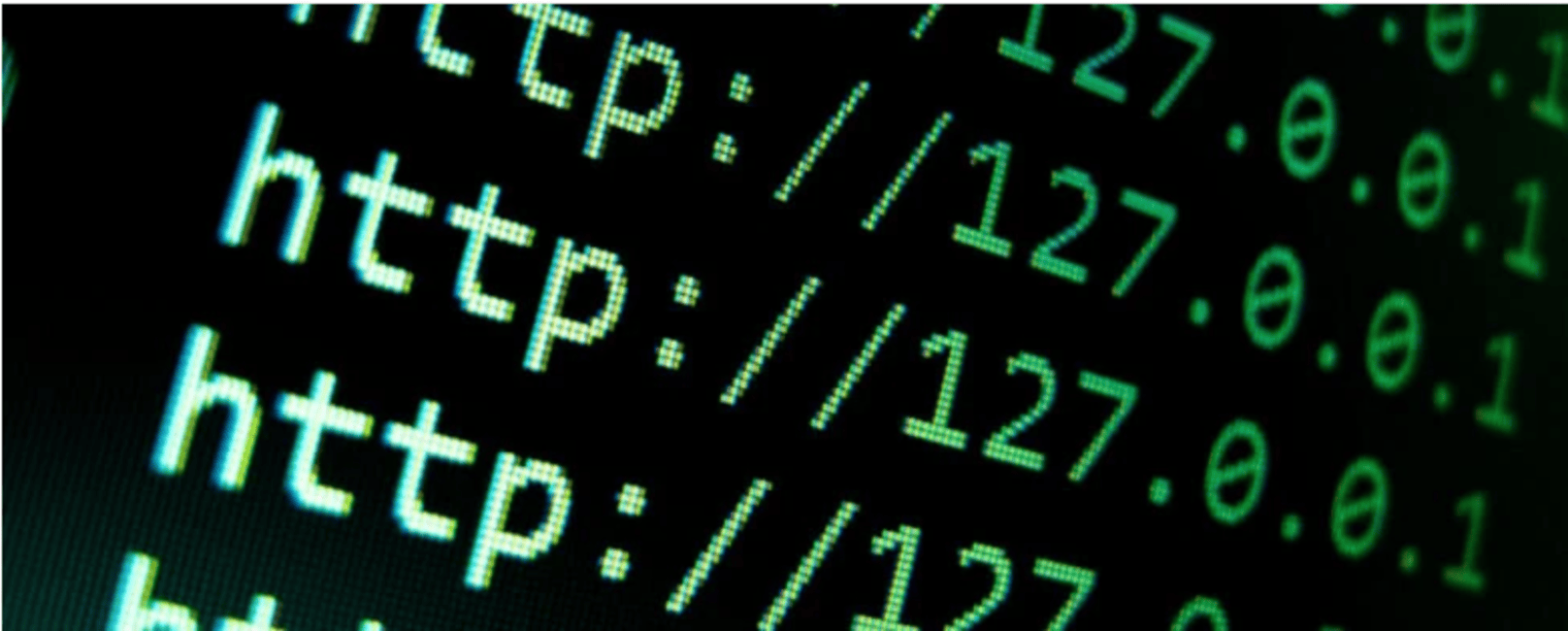If you’ve come across the IP addresses 127.0.0.1:62893 or 127.0.0.1:49342, you might be wondering about their significance. Both of these IP addresses refer to the local loopback address, also known as localhost. The key to understanding these numbers lies in knowing how local IP addresses function and their specific uses in networking.
What is 127.0.0.1?
127.0.0.1 is the IP address for the localhost or loopback address. When a device sends a request to 127.0.0.1, it is actually communicating with itself. This is commonly used for testing network applications without needing an actual network connection. Any traffic sent to this address never leaves the device, making it a secure and reliable way to test network setups or servers.
The Role of Ports in Local IPs
Both 127.0.0.1:62893 and 127.0.0.1:49342 include ports, which help direct the traffic to specific services running on your device. The port number specifies which application or service the request should be sent to. For example, 127.0.0.1:49342 refers to a service running on your local machine using port 49342.
Why 127.0.0.1:49342 Matters
You may wonder why someone would use 127.0.0.1:49342 specifically. Often, this port is used by a server or application running on a local machine. The reason for choosing 127.0.0.1:49342, or any port, is that it’s an available port for communication between the client and server. If a developer is testing software or running a service locally, the choice of port ensures that the device can differentiate between different types of traffic.
What Happens When You Use 127.0.0.1:49342?
When you send a request to 127.0.0.1:49342, the request is processed by the service bound to that port. The service could be anything from a database, web server, or testing environment. Developers often use 127.0.0.1:49342 for running local servers or connecting to databases like MySQL or MongoDB. The local loopback address ensures that the request doesn’t travel across the network but stays within the device.
Applications Using 127.0.0.1:49342
Various applications use specific ports, such as 127.0.0.1:49342, to test or communicate with services. For example, web developers may use this IP address to run local testing servers or even to test local instances of websites. When you access 127.0.0.1:49342, it could be a sign that a development server or a temporary service is running on your device.
Troubleshooting Issues with 127.0.0.1:49342
Sometimes, you may encounter issues related to local IP addresses and ports. For instance, if you’re unable to access 127.0.0.1:49342, the issue might lie with the service or application bound to that port. It’s a good idea to check if the relevant software is running, if firewalls are blocking the connection, or if the port is already being used by another application.
Common Problems
- Port Conflict: Another application may already be using 127.0.0.1:49342, leading to conflicts. Try changing the port number to resolve this issue.
- Firewall Settings: In some cases, a firewall may block requests to localhost ports. Make sure your firewall allows local network traffic.
- Service Not Running: Ensure the application associated with 127.0.0.1:49342 is active and listening for requests.
Conclusion
Understanding 127.0.0.1:49342 and similar local IP addresses is crucial for developers and network administrators who work with localhost-based applications. These addresses allow testing, debugging, and running services without exposing them to the external network. When troubleshooting, always check for port conflicts, service statuses, and firewall rules to ensure smooth communication on your local machine. Whether you’re working with 127.0.0.1:49342 or other loopback addresses, these local connections are an essential part of networking and system development.

